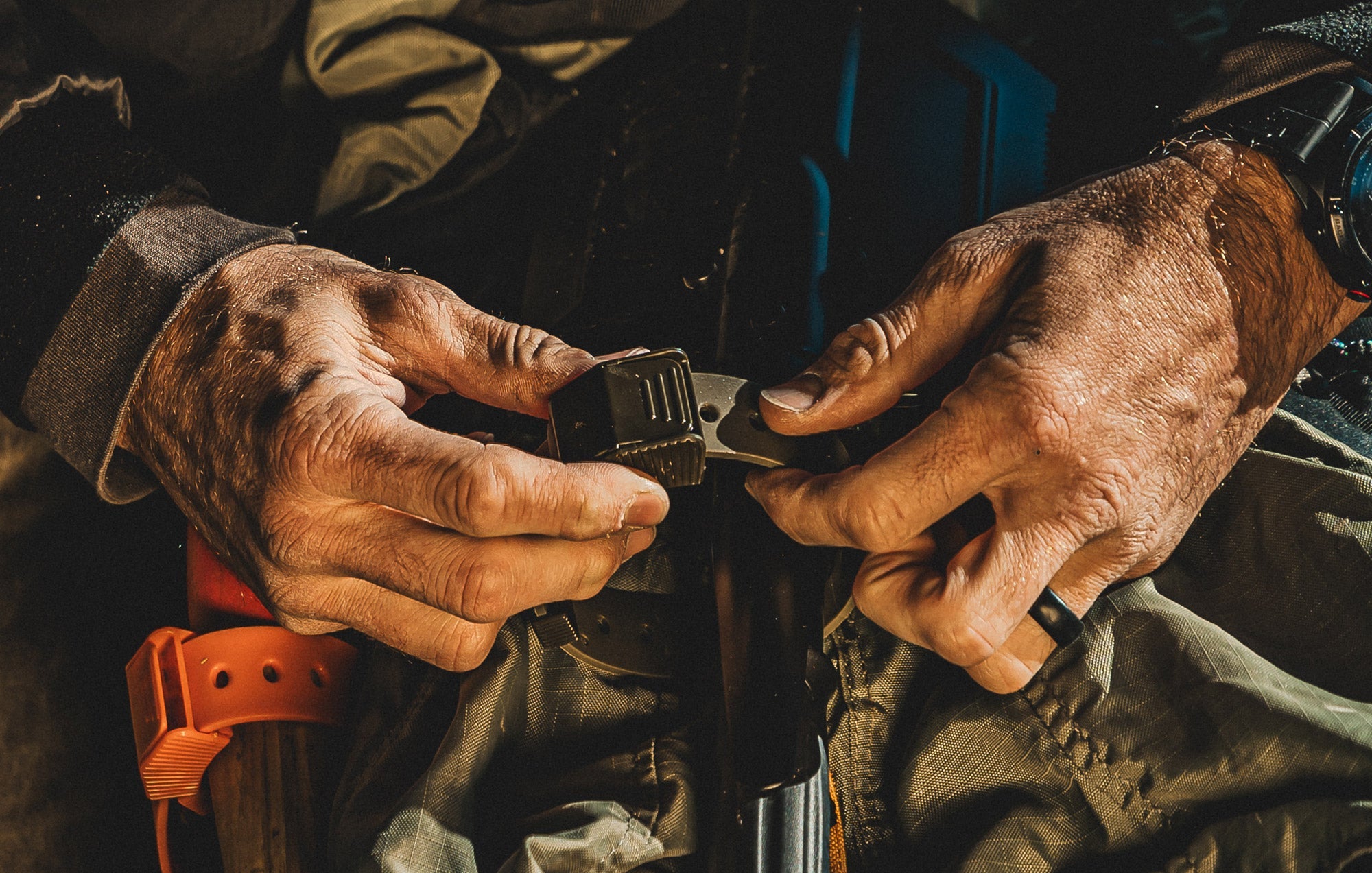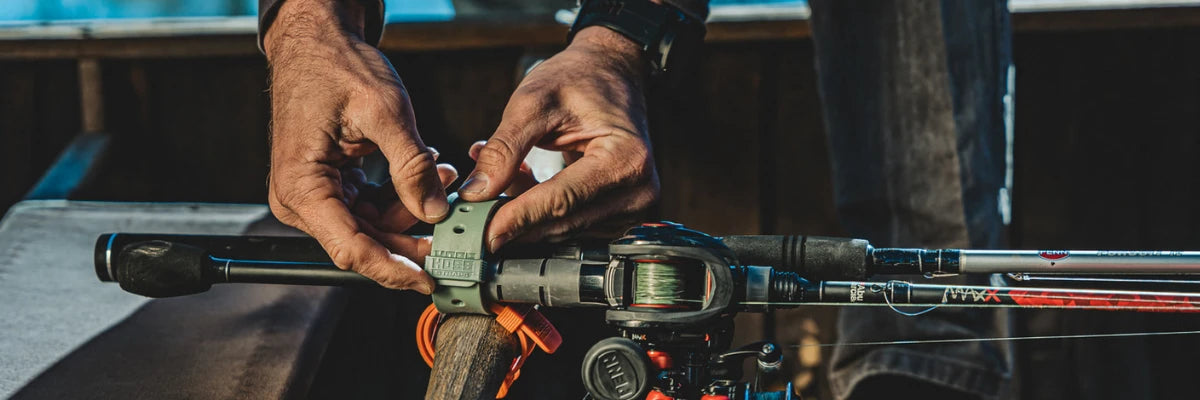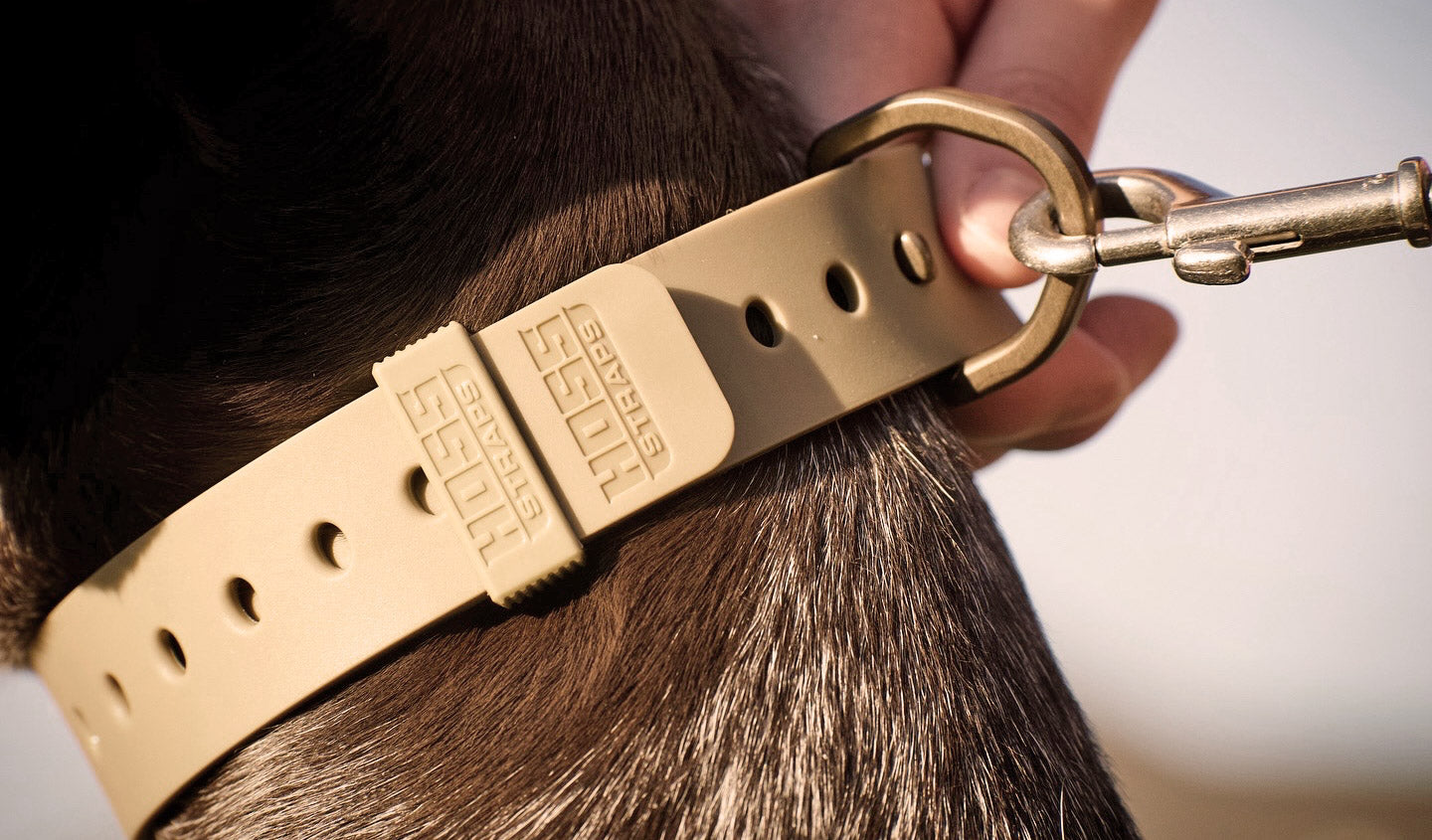Flat Straps vs Round Straps: Choosing the Right Profile for Your Load

Check out our industrial straps, boat straps, marine straps, marine grade straps, gear straps and more!
Choosing the right strap isn’t just a detail—it’s the difference between a job done right and one that puts cargo, equipment, or even people at risk. Whether you’re hauling supplies across town, securing kayaks for a weekend on the water, or getting a fleet vehicle ready for a customer delivery, understanding your gear matters. Let’s break down the differences between flat straps and round straps so you can haul confidently, wherever you roam.
What Are Flat Straps?
Construction & Common Materials
Flat straps (sometimes called webbing straps or tie-downs) are made from tightly woven polyester or nylon webbing. Their design distributes force evenly across a broad, flat surface, making them rugged, resistant to abrasion, and ideal for securing loads against flat surfaces (Mytee Products, 2024).
Typical Applications
You’ll find flat straps in use by truckers, landscapers, boaters, and DIYers securing everything from lumber to motorcycles. Flat hooks, J-hooks, and chain hooks fit all sorts of anchor points, making them a go-to for busy fleet managers and everyday haulers alike (Lifting Equipment Store, 2025).
What Are Round Straps?
Construction & Common Materials
Round straps, or round slings, are built from a continuous loop of polyester fibers encased in a tubular sleeve. The round shape helps them move and flex around awkward or irregular loads, while the sleeve protects the core from wear (Jackson Handling Ltd, 2025).
Typical Applications
Round straps really shine when lifting loads with cranes, hoists, or for marine use—think boat lifts or awkward machinery. They’re gentle on delicate or painted surfaces and versatile for both vertical and choker lifting configurations.
Head-to-Head Comparison: Flat vs Round Straps
Load Distribution & Pressure Points
Flat straps spread force over a wider, flatter surface, which reduces pressure points and helps prevent surface damage—especially on painted or fragile gear (Mytee Products, 2024). Round straps concentrate force on a smaller area, but their flexibility allows them to snug up around oddly shaped items where flat straps might slide or bunch up (Jackson Handling Ltd, 2025).
Safety & Reliability
Both strap types are extremely strong when used according to rated capacity. However, flat straps are easier to inspect for damage, since their entire surface is visible. Round slings hide the load-bearing core inside a sleeve, so check for cuts, abrasions, or signs of wear before every lift (Lifting Equipment Store, 2025).
Versatility & Application Fit
If your load is flat-sided or you’re tying down gear on trailers, roof racks, or pallets, flat straps have the edge in grip and stability. If you’re handling cylindrical, delicate, or hard-to-grab items, round straps offer flexibility and gentle handling—especially for overhead lifts or marine environments (Jackson Handling Ltd, 2025).

How to Choose the Right Strap for Your Needs
Key Factors
-
Load type & shape: Flat for broad, even loads; round for irregular or delicate shapes
-
Weight: Double-check working load limits and use as many straps as your load demands
-
Surface sensitivity: Round straps excel for painted, powder-coated, or polished items
-
Environment: UV, chemical, and water resistance matter for marine or outdoor use (Mytee Products, 2024)
-
Regulations: Always follow local and international safety codes for tie-downs and lifting slings (Lifting Equipment Store, 2025)

Industry Best Practices
Inspect every strap before use. Look for fraying, cuts, or discoloration. Replace any sling or strap showing wear immediately. For heavy-duty and regulated industries, make sure your gear meets all legal safety standards and load requirements (Lifting Equipment Store, 2025).
Practical Tips for Safe and Effective Strap Use
-
Position straps to avoid twists and ensure even tension
-
Store straps away from direct sunlight or chemicals
-
Don’t exceed the Working Load Limit (WLL)—calculate carefully
-
When in doubt, use more straps rather than fewer
-
Follow step-by-step tightening and loosening techniques for consistent results (Lifting Equipment Store, 2025)
Conclusion
The right strap profile is your partner—keeping your load secure, your trip uneventful, and your job done right. Whether you roll with flat straps for daily hauls or rely on round slings for specialty lifts, inspecting, storing, and using them as intended guarantees safety, reliability, and get-it-done peace of mind. Want expert help? Reach out to our team for guidance on the best straps for any hauling adventure.
FAQ: Flat vs Round Straps
1. Which strap is better for heavy, flat cargo?
Flat straps usually offer better load distribution for broad, even surfaces and are easier to anchor and tension for flatbed or utility loads.
2. Can round straps be used for marine or outdoor gear?
Yes. Round slings are great for marine use—they’re flexible, resist abrasion, and are gentle on surfaces like boat hulls.
3. How do I know what working load limit (WLL) to use?
Always pick straps with a WLL that’s at least half the weight of your total cargo and meet any local regulatory codes.
4. Are round straps safe for overhead lifting?
If rated for lifting, round slings are ideal for hoisting loads overhead, especially when loads are oddly shaped or finished. Always inspect before each use.
5. What’s the most common mistake when using straps?
Exceeding the strap’s working load limit, using damaged gear, or not following manufacturer instructions. A quick inspection and a minute spent reading the specs can prevent costly accidents.
Ready to choose the perfect strap for your load? Visit Hoss Straps Collections and explore flat and round straps for safe, reliable gear security on every adventure!




